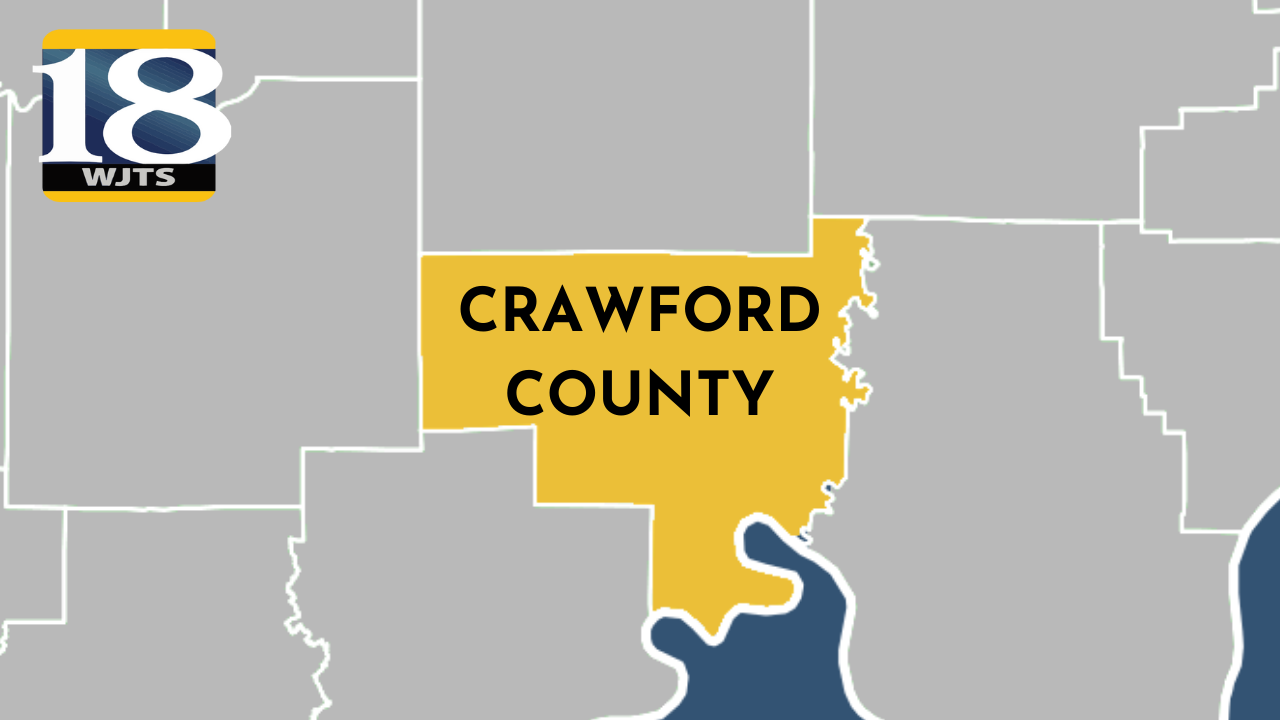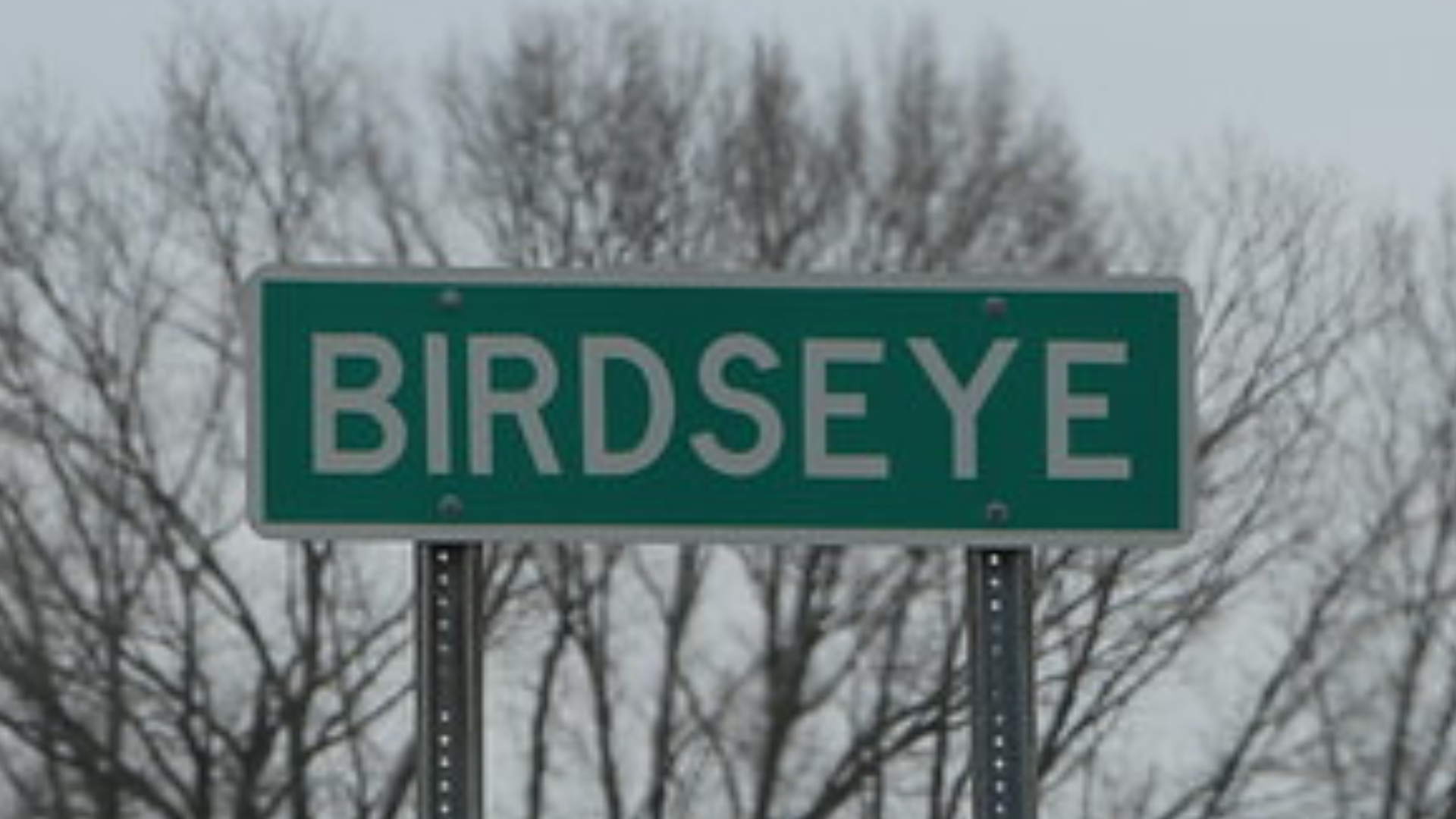
Under the Joint Chiefs’ Landscape Restoration Partnership program, the U.S. Department of Agriculture’s (USDA) Natural Resources Conservation Service (NRCS) and Forest Service have received funding to work together and with partners to improve the health and resiliency of public and private forest lands in southern Indiana.
In June, funds were made available by the USDA for Joint Chiefs’ Landscape Restoration Partnership projects around the country. Joint Chiefs’ Landscape Restoration partnerships are collaborative efforts between the NRCS and the Forest Service that aim to work with private, state, and Tribal landowners to conserve forest and agricultural land alongside federally managed lands while safeguarding communities by reducing the impact of wildfire threats and protecting water quality and supply.
Staff from the Hoosier National Forest and the USDA Indiana NRCS office applied together and as a result, the agencies received $7.9 million for the “Ready-Set-Fire in White Oak Woodlands” project which aims to expand woodland conservation and restoration for fire-dependent plant communities, benefit local water supplies, improve habitat for at-risk forest dependent songbirds, and improve the continuity of habitat between public and private land over the next three years.
The ”Ready-Set-Fire in White Oak Woodlands” project will specifically target the restoration of upland oak ecosystems, which have been declining, and will continue to be lost without active forest management.
Prescribed fire is a tool used by land managers to restore habitats and reduce the impacts and severity of wildfires. Through the “Ready-Set-Fire in White Oak Woodlands” project, the Forest Service is partnering with The Nature Conservancy (TNC) to fund a prescribed fire strike team that will implement prescribed fires across 16 counties in southern Indiana to improve habitat for at-risk species and reduce wildfire risk. Funding will also be provided to TNC to administer oak barrens and glade habitat restoration in southern Indiana, unique habitats that have seen drastic reductions in acreage due to the need for management and the removal of beneficial fire from the landscape.
The project includes funding for prescribed fire monitoring in cave and karst areas, equipment for the strike team, invasive species control, and prepping for and implementing prescribed fires. As the Forest Service and the NRCS use these science-based management tools to create a mosaic of diverse forest habitats across the Indiana forest landscape, they’ll partner with many different organizations along the way.
Private landowners from these counties who are interested in forest conservation and management on their land should reach out to their local USDA Service Center to find out more information and submit applications for funding.
Since 2014, USDA has invested more than $423 million in 134 projects in 42 states, as well as Guam and Puerto Rico, through the Joint Chiefs’ Landscape Restoration Partnership. These projects focus on areas where public forests and grasslands intersect with privately owned land, delivering important funding to improve and maintain the health of forests and rangeland.
For more information about the Joint Chiefs’ Landscape Restoration Partnership website, visit nrcs.usda.gov/programs-initiatives/joint-chiefs-landscape-restoration-partnership.





You must be logged in to post a comment.